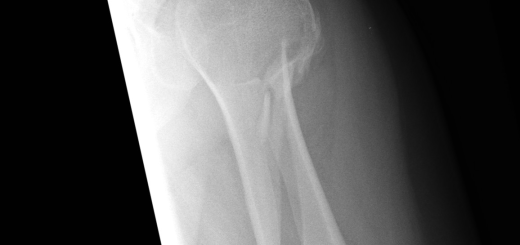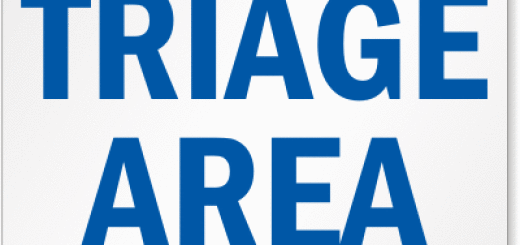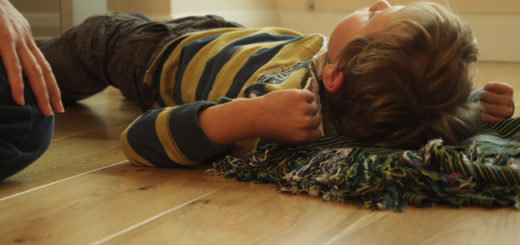First Aid Guide to Febrile Convulsions
A febrile convulsion is a fit or seizure as a result of a fever (high temperature) and is very common in babies and young children.
Unfortunately, many parents and carers know relatively little about this condition despite it affecting around one-third of all children.
Febrile Convulsion Facts
- Although a febrile convulsion can resemble an epileptic fit from a visual
point of view, it is not linked to epilepsy. - Febrile convulsions can be called other names. ‘Febrile’ is another word
for a fever, and ‘convulsion’ can also be called a fit or seizure. Any
combination of these words mean the same thing (e.g. fever fit or febrile
seizure). - Febrile convulsions occur in approximately one-third of children aged 0–6
years. Once a child reaches school age, febrile convulsions are usually no
longer a concern. - Febrile convulsions do not cause brain damage.
- There is often a genetic link between parent (or other relatives) and the baby
that causes a febrile convulsion. - Babies who experience febrile convulsions grow up to live normal lives.
- Every baby is different and some are more prone to febrile convulsions than
others. Also, certain convulsions visually appear more severe than others. - Immunisation itself does not directly trigger a febrile convulsion. Immunisation may bring about a fever though.
What causes febrile convulsions?
Febrile convulsions are normally associated with a fever, although they can occasionally occur in particularly hot circumstances when the baby is otherwise healthy. The convulsion has nothing to do with how hot the baby’s temperature is but rather how quickly the baby’s temperature increases.
Should I place my baby in a cool bath in these circumstances?
No! Placing your baby in a cool bath can be extremely dangerous. The baby might have a fit in the bath and inhale the water, which can lead to drowning.
Another reason for not doing this is that your baby’s temperature may decrease too dramatically, leading to hypothermia (low body temperature).
First Aid Treatment for Febrile Convulsions
- Stay clam. Remember that febrile convulsions are common!
- If your baby is in your arms, lay them down safely on a cool surface. A
carpeted floor is perfect, or a couch or bed, as long they’re in a secure spot and
they can’t fall & injure themselves. - Do NOT put anything in the baby’s mouth, including water or medication.
The baby will not swallow its tongue, but could easily choke if anything is put
into the mouth. - Do NOT try to restrain the baby. No amount of restraint will stop the shaking;
however trying to restrain the baby could easily cause an injury to them. - Following a convulsion, make sure that your baby is breathing normally.





